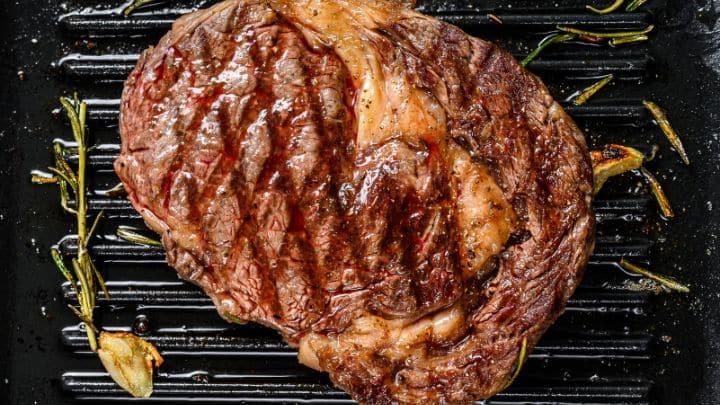
All steak can seem the same to many. After all, isn’t every cut just a different part of the cow? While this is true, the flavor and texture of steak can vary widely depending on what part of the animal butchers take it from. Some cuts might be a little tougher and leaner than others. Therefore, how you cook the steak should change to ensure you get that tender, velvety texture. This article is your beginner’s guide to the different cuts of steak if you want to select the perfect cut for your next sumptuous steak supper.
A tender cut of steak typically comes from the muscles of the cow that don’t see much action during the cow’s lifetime and have the most fat. The more evenly the fat marbles through the cut, the more tender the steak will be. These cuts are your rib eyes, filet mignons, strip steaks, flat iron steaks, and top sirloin steaks.
Due to their fat content, these steaks have natural and incredible flavor, and they’re easy to cook. Pan searing on high heat is the easiest and tastiest way to cook a tender cut of steak. All you really need to flavor it is some flakey salt, some aromatics like rosemary and thyme, and maybe a little bit of butter in the pan to get that golden crust.
Butchers take leaner cuts of steak from the muscles that have been thoroughly exercised throughout the animal’s lifetime and tend to have the least amount of fat. You can easily tell whether a cut is lean based on how much visible fat is in the cut and how marbled that fat is. These cuts are typically the ones you want to eat if you’re looking for something a little bit healthier. These cuts are your brisket, chuck roast, top sirloin, flank steaks, and top rounds.
These cuts get a bad reputation for being tough, dry, and undesirable, but that’s not entirely true. The secret to cooking a lean steak is marination, which will add extra moisture and flavor. You also want to cook these cuts on quick, high heat to avoid moisture loss.
A few factors go into how much a steak will cost: how tender it is, how much it weighs, and how much labor goes into butchering it. The leaner the cut is, the lighter it is, and the easier it is to harvest from the animal, the cheaper it will be. While prices may vary, the cheapest steaks are generally cuts such as the eye of round, flank, tri-tip, chuck eye, and flap steak.
There’s no definitive guide to cooking very cheap cuts of steak because they all vary in tenderness and fat content. However, think of it this way—the fattier it is, the less work the butcher must do, and always marinate your lean cuts.
Hopefully, this beginner’s guide to the different cuts of steak makes choosing your next cut a little easier.
Consider buying our tomahawk steak if you’re looking for a mouthwatering meal that’s easy to prep. At Vincent’s Meat Market, we can ship USDA Prime dry-aged tomahawk steak right to your door, so you can throw it on the pan and dig in when hunger strikes.

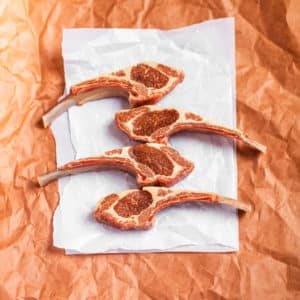
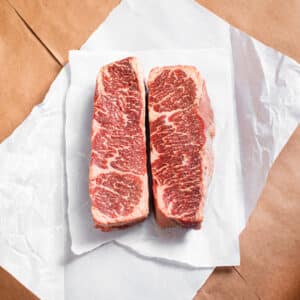
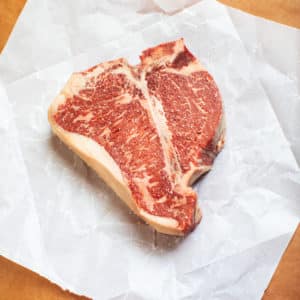
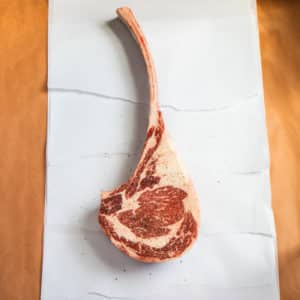
Fast Support! Text us:
